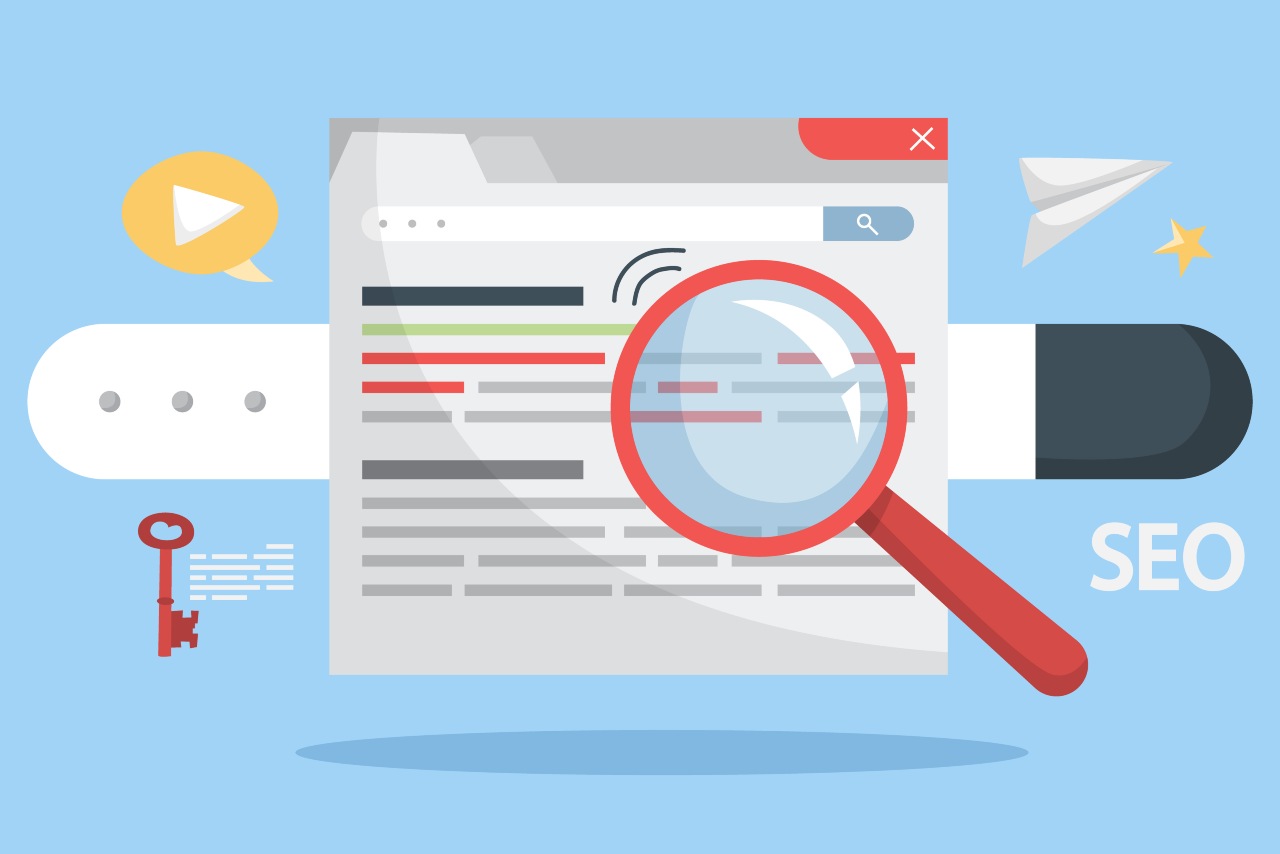
Programmatic marketing (PM), also known as programmatic advertising, has revolutionized the digital marketing landscape, offering unprecedented efficiency, precision, and scale. For marketers looking to maximize their ad spend and achieve better results, understanding PM is essential.
This comprehensive guide will explore what programmatic marketing is, how it works, its benefits, and how to implement it effectively.
What is Programmatic Marketing?
Programmatic marketing refers to the automated buying and selling of online advertising space using software and algorithms. Unlike traditional methods that involve manual negotiations and insertion orders, PM leverages real-time bidding (RTB) and machine learning to purchase ad impressions instantly across various platforms and networks.
Key Components:
- Demand-Side Platforms (DSPs): These platforms allow advertisers to buy ad space programmatically. Examples include Google Display & Video 360, The Trade Desk, and MediaMath.
- Supply-Side Platforms (SSPs): These platforms help publishers sell their ad space. Popular SSPs include Google Ad Manager, Rubicon Project, and PubMatic.
- Ad Exchanges: Marketplaces where DSPs and SSPs interact to buy and sell ad inventory. Examples include Google Ad Exchange and OpenX.
How Does Programmatic Marketing Work?

Programmatic marketing operates through a multi-step process that takes place in milliseconds. This real-time bidding (RTB) process ensures that the highest bidder secures the ad placement instantly, optimizing both time and relevance for advertisers and publishers alike.
- User Visits a Website: When a user visits a website, an ad impression is generated.
- Bid Request: The website sends a bid request to an ad exchange, detailing information about the user and the ad space.
- Real-Time Bidding: DSPs evaluate the bid request and decide if they want to bid on the impression based on the advertiser’s targeting criteria and budget.
- Winning Bid: The highest bid wins the ad impression, and the ad is instantly displayed to the user.
- Ad Delivery: The ad is delivered to the user, and data on its performance is collected for future optimization.
Benefits of Programmatic Marketing
PM offers numerous benefits that make it a game-changer for digital marketers. From increased efficiency to enhanced targeting precision, these advantages help in maximizing return on investment and improving overall campaign performance.
- Efficiency and Speed: Programmatic marketing automates the buying process, significantly reducing the time and effort required to manage ad campaigns.
- Precision Targeting: Advanced targeting options allow advertisers to reach specific audiences based on demographics, behavior, interests, and more.
- Real-Time Optimization: Campaigns can be optimized in real-time based on performance data, ensuring better ROI.
- Scalability: Programmatic platforms provide access to vast inventories across multiple channels and devices, allowing for scalable campaigns.
- Transparency: Detailed reporting and analytics offer insights into campaign performance and spending, ensuring transparency and accountability.
Types of Programmatic Marketing
Understanding the different types of PM can help in selecting the most suitable approach for your campaigns. Each type offers unique advantages and is tailored to specific marketing needs.
- Real-Time Bidding (RTB): Also known as open auction, RTB is a type of programmatic marketing where ad impressions are bought and sold in real-time auctions.
- Private Marketplaces (PMPs): These are invite-only auctions where premium publishers offer their ad inventory to select advertisers.
- Programmatic Direct: Involves direct deals between advertisers and publishers, bypassing the auction process. This can include guaranteed impressions and fixed CPM (cost per thousand impressions).
Implementing a Programmatic Marketing Strategy

To successfully implement a programmatic marketing strategy, it’s crucial to follow a structured approach. From defining your goals to continuously optimizing your campaigns, each step plays a vital role in achieving desired outcomes.
- Define Your Goals: Determine what you want to achieve with your programmatic campaigns, such as brand awareness, lead generation, or sales.
- Select the Right Platforms: Choose the DSPs and SSPs that align with your goals and offer the necessary targeting and reporting capabilities.
- Targeting and Segmentation: Utilize the advanced targeting features to reach your desired audience segments effectively.
- Creative Development: Create engaging and relevant ad creatives tailored to your target audience.
- Budget Management: Allocate your budget strategically across different channels and devices to maximize reach and efficiency.
- Monitor and Optimize: Continuously monitor campaign performance and make data-driven optimizations to improve results.
Best Practices for Programmatic Marketing
To maximize the effectiveness of PM, adhering to best practices is essential. These guidelines ensure that your campaigns are not only efficient but also impactful and aligned with industry standards.
- Leverage First-Party Data: Use your own data to create more personalized and effective targeting strategies.
- Ensure Brand Safety: Utilize tools and settings to prevent your ads from appearing on inappropriate or harmful websites.
- Test and Experiment: Regularly test different ad creatives, formats, and targeting strategies to find what works best.
- Focus on Viewability: Ensure your ads are viewable to maximize their impact and effectiveness.
- Stay Updated: Keep up with the latest trends and developments in programmatic marketing to stay competitive.
Conclusion
Programmatic marketing is a powerful tool for digital marketers, offering enhanced efficiency, precision, and scalability. By understanding its mechanics and implementing best practices, brands can achieve significant improvements in their advertising performance.
In the meantime, if you need help with your digital marketing, we are here for you. Feel free to contact us and learn more about our digital marketing services. You can find more information at Sylably.com or on our flagship Facebook page.
You might also like:
How Best to Leverage AI and ML for Precision Marketing in 2024
Did You Like this Article?
If you found this article helpful, please share with your friends, family, and colleagues who might also be interested in digital marketing services.
We would also love to hear your opinion, thoughts, and advice! Please leave your comments in the box below.
Thank you!











